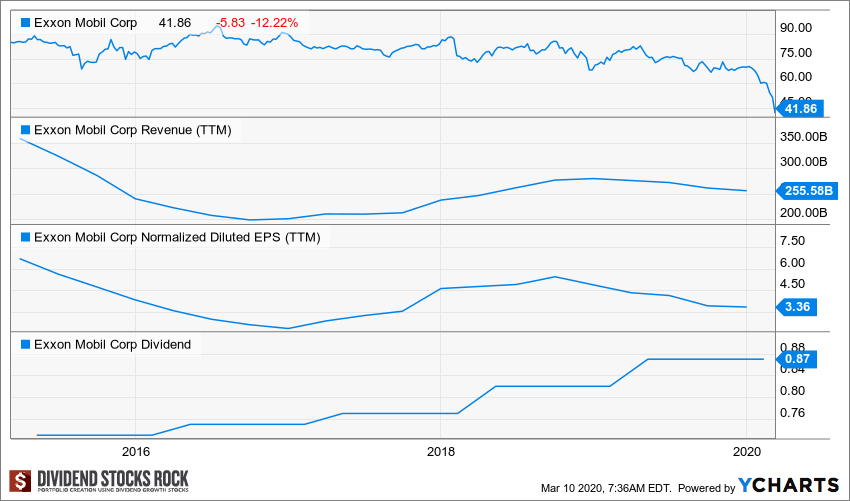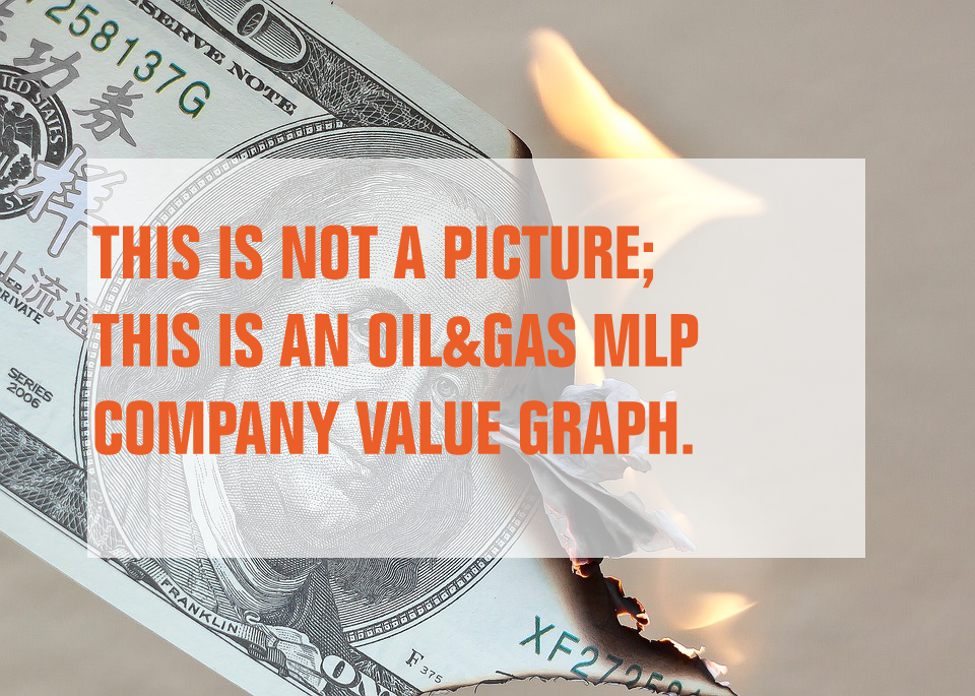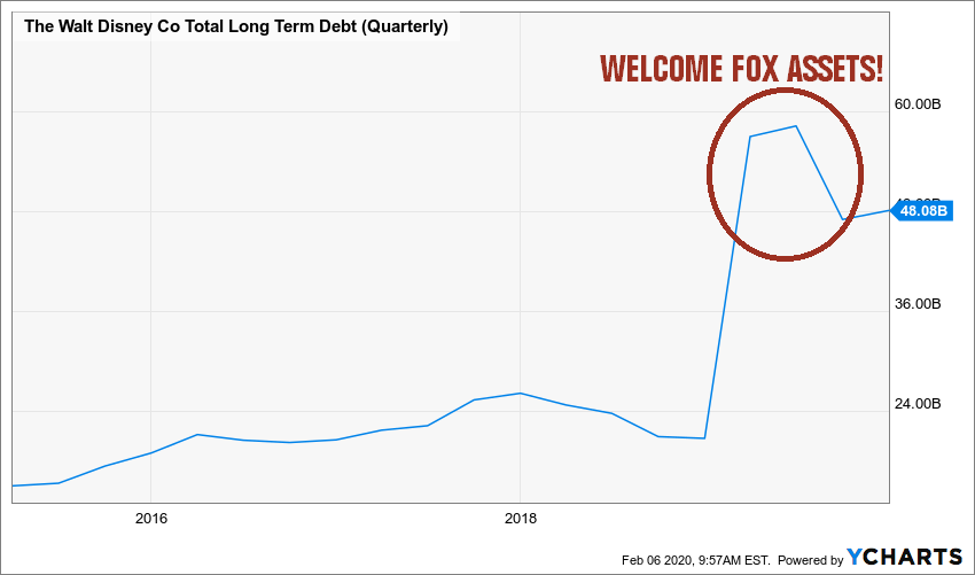“I’ll wait until everything settles and then I’ll start investing”
Besides “this market is going to crash and burn to ashes”, this is probably the line I’ve read the most over the last 6 weeks. I will not address the latter but will concentrate on the eternal “when it’s the right time” dilemma. Let me share with you a few personal notes.
First, know that I’m invested 100% in equities all the time. I have been since I first bought my first shares (it was Power Corporation POW.TO) back in 2003. I did not change my approach in 2008 and I certainly won’t today.
Second, I must admit the thought of cashing out and buying back into the market in full force in a few months when the “market hits the bottom” crossed my mind. I wasn’t worried about market fluctuations. I was just feeling greedy about the possibility of cashing in on profits now and investing in the same portfolio at a 20% discount later down the road.
Third, I quickly discarded this thought after reviewing what the most recent crash taught me (or rather confirmed): stay invested.
Source: Ycharts
What the previous graph reveals is how both the US and Canadian stock market (XIU.TO and SPY total return) evolved between late 2007 and early 2009. As you can readily see, it was not that easy to determine the market bottom happened in March 2009 (especially when you look at the November bottom which was pretty close to March levels). Panic took over the market toward the end of summer of 2008 and it was followed by a “market fatigue” where investors hardened to the continuing bad news. They were just “done” with trading.
So, let’s look at what’s happening now:
Source: Ycharts
Now, before you jump to conclusions and call for the market fatigue: each bear market is different, and we don’t know if we have hit the bottom yet. There are signs of a slowdown in volatility and volume right now, but we are not out of the woods yet. As I’ve discussed in my past 3 live webinars (watch the replay here): if the virus is not under control, we don’t know what’s going to happen in the future. Also, please note how it doesn’t look that bad when you put the drop on a 12 months graph.
How about catching that bottom?
As you can fully appreciate, catching the market’s absolute bottom is highly unlikely. The reason for this is at this very moment two scenarios could very well happen going forward.
Scenario #1 : As the U.S. “corporate power” is set in motion (Abbott Laboratories (ABT) creating a 5-minute test for the virus, General Motors (GM) and Ford (F) getting ready to build ventilators in April and Johnson & Johnson (JNJ) starting vaccine testing in September), we should get the virus under control in the next two months. Starting towards the end of May, the economy will likely start “reopening” and we will avoid a great depression. The market won’t skyrocket but will gradually come back and the market bottom would have happened during that dark Monday March 23rd, 2020.
Scenario #2: We wake up in early May with over 2,000,000 cases in the U.S. and thousands of deaths everyday. The situation in Canada is also out of control and we must remain in quarantine until late this summer. This economic shutdown then leaves a permanent scar and we enter a strong depression that will take several years from which to recover. During this period of continuous agony, the stock market will gradually go down to lower levels until we finally end the bear market later in 2020 after reaching new bottoms.
At the time of writing this newsletter (during a sunny afternoon right before my daily run), I’d like to opt for scenario #1 because I’m an optimist (and because spring always seems to bring hope). However, I’m aware the second scenario has about the same probability of happening at this point. During the month of April, we will see if we are securing some level of control over the pandemic such that one scenario will emerge as the winner.
Can you catch the absolute bottom in all this? Well, if you did not do it last week, you may already have missed it. As we saw in 2008-2009, the market bottom doesn’t last long (remember December 2018) and is unpredictable. There are no clear “V” forms over the long haul. By staying invested, we avoid all those crazy questions and doubts. Plus, most of our companies continue to pay great dividends!
If you are like me, most of your portfolio is currently invested. That doesn’t mean it is all well invested. More than ever, diversification proves you can get away from the worst market crisis without the feeling of being run over by a bus. Is it time to make changes to your portfolio in the middle of a crash? Heck yes. Keep in mind that what’s lost is lost. You were at $100K, you are now at 80K. The only thing you can do is to make sure that 80K is best positioned to capture the eventual market rebound.
Here are a few tips if you are looking to rebalance your portfolio and tweak your holdings.
Wait to rebalance or do it now?
After the recent market swings, your portfolio is probably not showing the right asset and sector allocation. It is a good time to rebalance now, but one must do it in an orderly fashion. Here’s a simple but effective plan to rebalance your portfolio.
#1 Check current sector allocation. Look at your portfolio and ask yourself if you are well positioned to go through a recession (because we will have a recession no matter which scenario happens). As previously discussed, utilities, communication services, healthcare, consumer staples and tech stocks will likely go through this recession without too many problems. The consumer cyclical and energy sectors are going to take a big hit, followed by financials and industrials. Your REIT holdings must be reviewed as retailers will suffer, but apartments, cell towers and data centers will thrive.
#2 Get rid of weak companies. More than ever, we have seen how weak companies could hurt your portfolio. Don’t look at how much you lost, this money is gone. Yes, even bad stocks will likely have a rebound when the market recovers, but strong companies will thrive long term. Would you like to invest in a decent rebound or a company that breaks new records? Take the time to determine if the company has what it takes to go through a recession and then thrive. What will be its growth vectors when the storm passes?
#3 Focus on safety for now. Personally, I don’t think it’s time to sell your weak stocks to buy a bunch of falling knives. Now is not the time to take more risk. Go with strong businesses. There are plenty of companies that will not be affected significantly by the quarantine. It’s not the time to load up with entertainment businesses, restaurants, hotels or airlines companies if you see what I mean. If we get to scenario #2, your portfolio will suffer great losses.
#4 Don’t go overboard; make a few modifications. There is no point in selling half of your portfolio now. If you look at our previous newsletter where we reviewed all our portfolios, we didn’t make a 180° turn. We tweaked our portfolios toward more safety and kept most of our holdings. Because most of the dividend growers will continue to do well during a recession.
Now it’s time to look at some new ideas for your portfolio if you are planning to make some modifications or if you were sitting on the sideline with some cash to deploy.
LeMaitre Vasculaire (LMAT)
What’s the story?
Last quarter, LMAT disappointed the market by missing revenue growth expectations. The Company posted record sales in the Americas (+6%), while Europe/Middle East/Africa (+4%) and Asia/Pac (+20%) also contributed. Sales growth was led by biologic patches, embolectomy catheters and valvulotomies’. Shares, however, tumbled opening a new opportunity to add more to your portfolio. The company’s Board of Directors authorized the repurchase of up to $10 million of the company’s common stock. We have recently increased our rating from hold to buy.
We always thought LMAT was a good company, but the hype around its growth by acquisition strategy (going from $22/share in 2019 to its peak at over $37 in 2020) prevented us from “liking” the stock. Now that LMAT trades in the mid-$20’s and still shows no debt, we think it’s a great company to add to your portfolio. It’s not like the world will stop needing surgeries for vascular diseases anytime soon.
Genuine Parts (GPC)
What’s the story?
During its latest quarter, GPC continues with its growth by acquisitions like clockwork. Fourth quarter sales for the Automotive Group were up 8.7%, including an approximate 2.9% comparable sales increase, a 7.2% net benefit from acquisitions, divestitures and other adjustments and unfavorable foreign currency of 1.4%. Sales for the Industrial Group were down 5.9%, including a 1.2% comparable sales decrease and a 12.3% decrease due to the sale of EIS, partially offset by a 7.6% increase from acquisitions. Sales for the Business Products Group were down 6.3%. Unfortunately, the dividend increase was smaller than what we expected.
As GPC grows through acquisitions in a fragmented market, it will only become easier down the road to acquire good businesses at a cheap price. During these difficult times, GPC will be in a good position to help consumers repairing and doing maintenance on their cars. With their wide distribution network and strong brand recognition, they will keep helping car owners to keep within their tight budget.
Find out about 6 more Stocks that are long-term hold
Each year, I compile 20+ stocks that are expected to do better than the market. In 2019, my US picks outperformed the market by 7% and my Canadian picks did 10% better than the TSX. You can download 6 of my top 20 for 2020 right here:
Disclaimer: I do not hold shares of LMAT

































